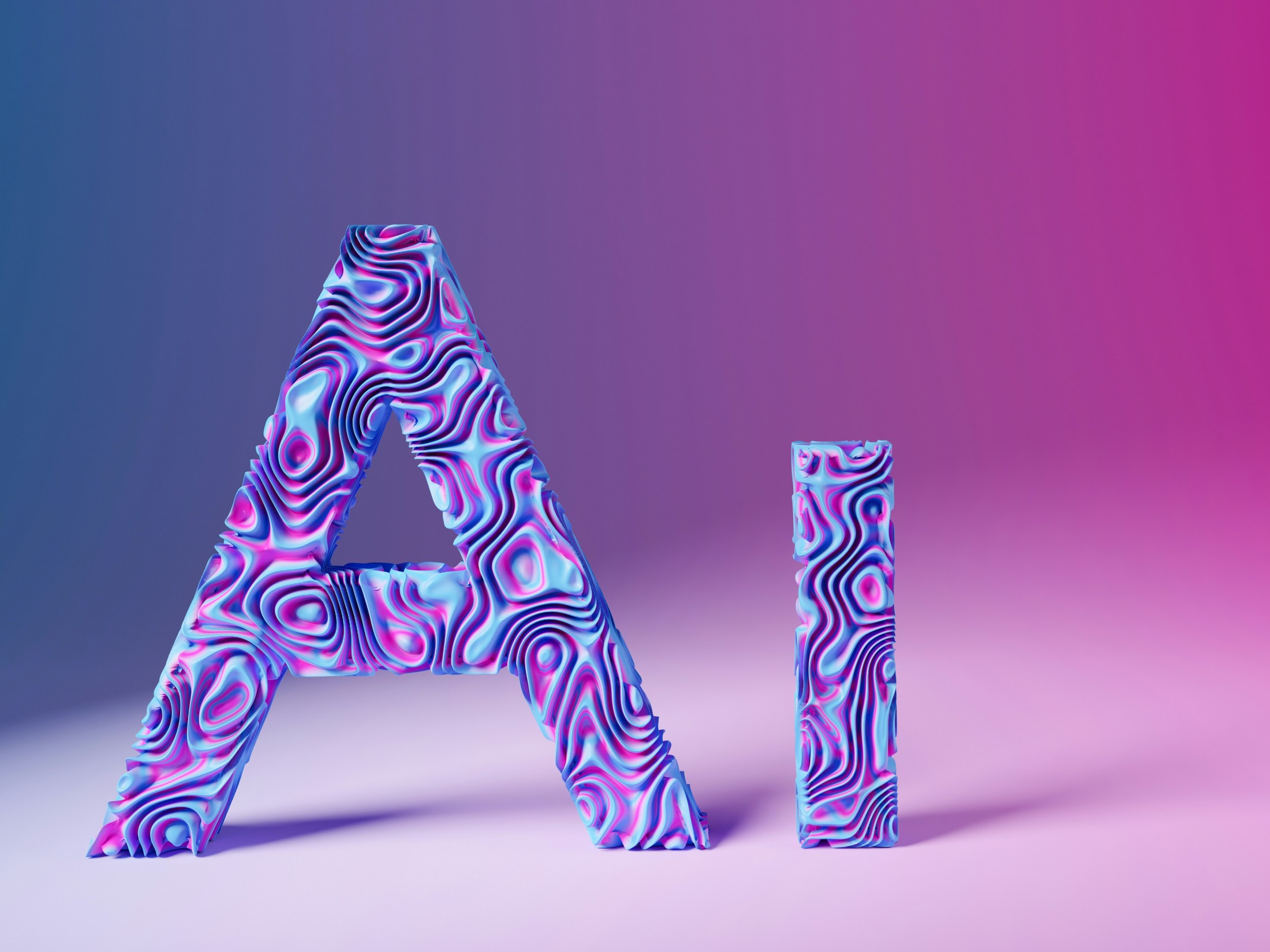Generative AI Maturity: 2025 Edition – Practical Applications and Scalability
Headline Keyword Optimization: Generative AI, LLMs, AI Maturity, Enterprise AI, AI Applications, Generative Models, AI Agents, Synthetic Data
Introduction
Generative AI is officially moving into its next phase, refining its accuracy and efficiency in 2025. Businesses are increasingly embedding these AI models into their fundamental workflows, shifting the focus from potential applications to reliable and scalable implementation. This signifies a crucial moment as organizations navigate the practical considerations needed for robust generative AI systems.
The Rise of Reliable Large Language Models (LLMs)
Large Language Models (LLMs) are shedding their image as resource-intensive giants. Costs associated with generating responses have plummeted—by a factor of 1,000 in the last two years—making real-time AI practical for everyday business tasks, on par with basic web searches. 2025 marks a key pivot towards control and scale. Leading models like Claude Sonnet 4, Gemini Flash 2.5, Grok 4, and DeepSeek V3, while still large, are demonstrably faster, more reasoning-capable, and operate with significantly improved efficiency. Crucially, the focus has transitioned from sheer size to crucial elements like handling complex inputs, seamless integration, and consistently dependable outputs under pressure.
Combating Hallucinations: A Measurable Issue
Last year, concerns surrounding AI “hallucinations”—the generation of fabricated or misleading information—gained prominence. High-profile cases, like a New York lawyer facing sanctions for citing ChatGPT-generated, fictitious legal precedent, highlighted the need for solutions. Retrieval Augmented Generation (RAG), merging search capabilities with generative model output, has emerged as a primary countermeasure. While RAG reduces hallucinations, it doesn’t eliminate them entirely. New benchmarks like RGB and RAGTruth are now being used to quantitatively assess and address hallucinations, shifting the discussion from an acceptable flaw to a measurable engineering challenge.
Navigating the Rapid Innovation Landscape
2025 is characterized by the acceleration of LLMs development. Model releases, core capabilities, and the very definition of “state-of-the-art” evolve monthly. This rapid innovation creates a critical knowledge gap for enterprise leaders, threatening their competitive advantage. High-quality learning is key. Events like the AI and Big Data Expo Europe offer valuable real-world demonstrations, fostering direct conversations, and critical insight from experts who are deploying these systems at scale.
Enterprise-Grade AI Agents: Automation’s Next Frontier
Enterprise adoption is now moving beyond utilizing AI for content generation towards the empowering of fully autonomous AI agents. Businesses are integrating AI as operational partners who can trigger workflows, manage software interactions, and confidently handle tasks with reduced human intervention. Surveys, like a recent Accenture report, indicate robust support for this trend – with 78% of execs believing digital ecosystems need to be built to support AI agents alongside human counterparts.
Breaking the Data Wall: Synthetic Data’s Strategic Role
Data scarcity is a major constraint for generative AI. Training large models has historically relied on scraping vast internet datasets. Now, high-quality, diverse, ethically-sourced data is becoming increasingly scarce and expensive. This presents a critical juncture. Synthetic data generation, creating realistic data simulations instead of relying on web scraping, is emerging as a strategically important asset and offers significant advantages. Leading research, such as Microsoft’s SynthLLM project, validates the efficacy and scalability of synthetic data, demonstrating that larger models can achieve effective learning from comparatively smaller synthetic training sets, allowing organizations to optimize their training strategies.
Conclusion: The Future of Generative AI
Generative AI is maturing in 2025. Reliable LLMs, orchestrated AI agents, and scalable data strategies are core to widespread adoption. To succeed in this evolving environment, proactive leaders must carefully consider these advancements and access comprehensive resources. The AI & Big Data Expo Europe serves as a central hub, offering a clear overview on the technologies and the skills required for success.
Call to Action (SEO)
Explore the Future of Generative AI: Visit the AI & Big Data Expo Europe and unlock actionable insights and real-world demos from visionary leaders.
(Alternative concluding paragraph)
Don’t miss the AI & Big Data Expo Europe to see how these advancements are transforming enterprises. Attend insightful presentations, connect with industry experts, and learn more about cutting-edge generative AI solutions.
Internal Linking: (Add links to related articles or resources within your site here.)

